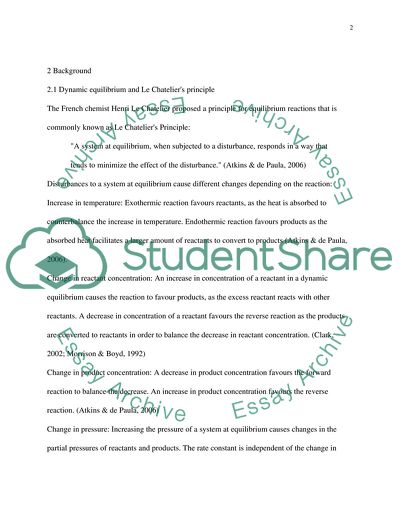Cite this document
(Application of Le Chatelier's Principle and Catalysis Lab Report, n.d.)
Application of Le Chatelier's Principle and Catalysis Lab Report. Retrieved from https://studentshare.org/chemistry/1552775-physical-chemistry
Application of Le Chatelier's Principle and Catalysis Lab Report. Retrieved from https://studentshare.org/chemistry/1552775-physical-chemistry
(Application of Le Chatelier'S Principle and Catalysis Lab Report)
Application of Le Chatelier'S Principle and Catalysis Lab Report. https://studentshare.org/chemistry/1552775-physical-chemistry.
Application of Le Chatelier'S Principle and Catalysis Lab Report. https://studentshare.org/chemistry/1552775-physical-chemistry.
“Application of Le Chatelier'S Principle and Catalysis Lab Report”. https://studentshare.org/chemistry/1552775-physical-chemistry.


